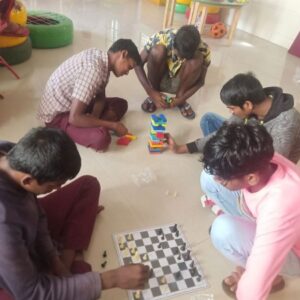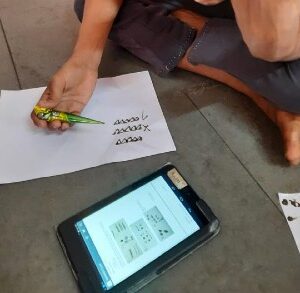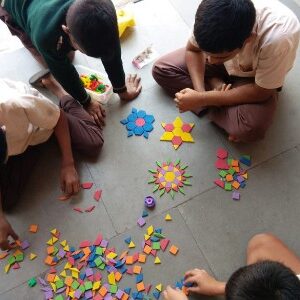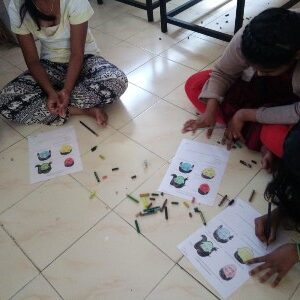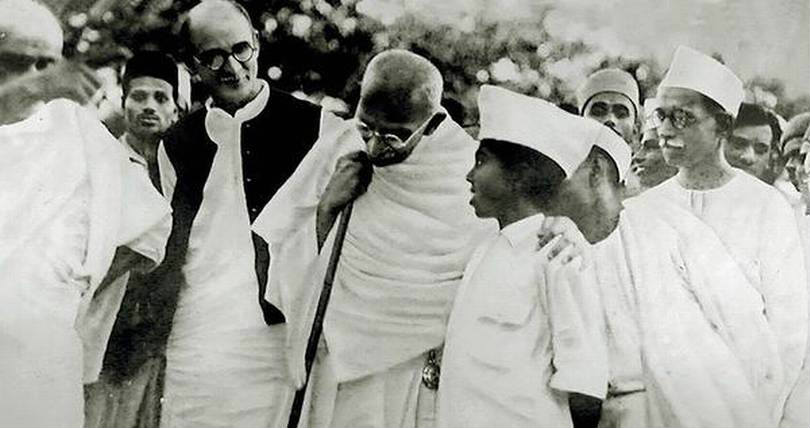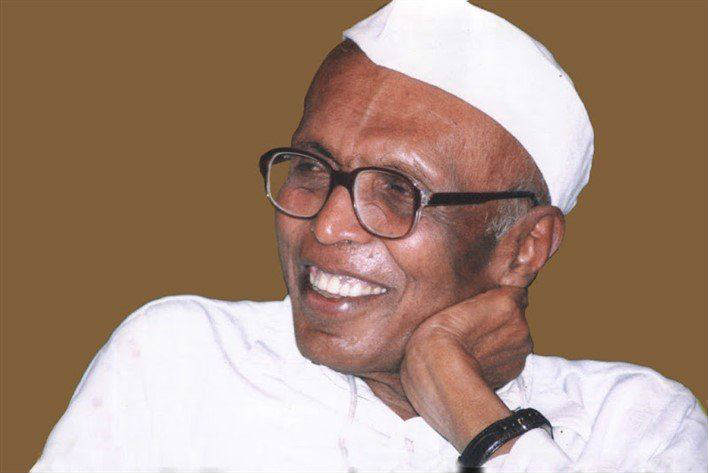ONCE YOU’VE HEARD THEIR STORY…
On March 26th, at the Boys’ Home, a loud cry was heard. Like a child weeping and wailing unconsolably. All the children stopped short in what they were doing and hurried to the room where the sound was coming from, crowding around the door. When they peered in, they were surprised to see all the adults in the room laughing, and their “house father” on the floor, pretending to cry like a child. Then a facilitator came up to them and clarified to them, “He’s only acting.” Bewildered the children left, unable to comprehend what was going on. Why were adults acting like children?
What the children didn’t realise is that this was a special day at the Child Care Institution (CCI) where Headstreams was conducting a CCI Staff Workshop. The theme of the session was “Caregiving”. Together we facilitators and the staff at the Home were looking at the meaning of caregiving and how it looked in practice, through games, sharing and role playing.
After a fun introductory activity of juggle catch, we dwelt at length on how we experienced being cared for as children. One of the common experiences was returning home hungry from school, and finding a parent ready with food to feed you. Another was being comforted when we cried. We were given a chance to role play this (and so the wailing the children heard!). Then we shared how we received caring in our lives now, as adults, and from whom.
Naveen, our session facilitator, then introduced concept of the five languages of love: Everyone experiences care differently. For some being cared for means receiving gifts; for some it is being verbally affirmed; for still others it is through physical touch. A fourth category are those people who experience receiving care when we spend time with them, and the last category is of people who sense being cared for when we do an act of service for them.
From there we moved onto reflecting on how we are as caregivers. Who do we give care to? How do we give care? How do we give care to the children at the Home?
It was touching when one of the staff talked about how on waking in the morning he comes with a resolve to have a fun day with the children, but how that hope gets thwarted by time-consuming administrative duties. Another poignant moment of vulnerability was when one confessed that sometimes, in spite of trying hard, patience comes to an end and anger bursts out against the children. He wished it wasn’t so.
What was palpable by the end of the session was the change in our own perception of the staff. You see, very often, we tended to see one another as adversaries. After this session, we realised it is mostly because we don’t know each other. Fred Rogers had said, “Frankly, there isn’t anyone you couldn’t learn to love once you’ve heard their story”. And that is how it was with us. We had heard each other’s stories of care receiving, glimpsed each other’s vulnerabilities, as children and as adults, and become privy to each other’s struggles of caregiving… and there was no turning back from that now. Each face and name, now had a history attached to it. We had become human to each other. We had seen how alike we actually are, at the core of it. It is still a long journey ahead but now it feels like a conversation between friends.
INSPIRED! BRICK MAKING IN MALUR
![]()
INSPIRED! BRICK MAKING IN MALUR
About an hour away from Bengaluru, the highway curves to the right. On either sides are vegetable and ragi fields and eucalyptus plantations. It is not quite away from civilization, but scenic enough to tell us we are well out of the city.
And then they begin – tall reddish towers, dotting the landscape. Some have smoke spewing out of them; some don’t.
These are the chimneys of the iconic brick kilns of Malur taluk, in Kolar district, Karnataka. This right here is said to be the largest hub of downdraft kilns in the country! On closer look, one can see mounds and mounds of bricks, cooling around the kiln. On the other side are brick workers working at record speed, casting clay into moulds and turning them out to dry.
The Malur taluk region is traditionally known to be rich in good quality clay. However, bricks were not manufactured here till the 1970s. What we learned is that “there were very few tile factories here in the 1970s and these were run by people from the potters’ community. However, with an increase in demand for bricks, people from all communities, including farmers, opened factories.”
Today, there are over 300 factories in the area that have become a mainstay of the economy of the region. You can find migrants from as far away as Bihar and Chhattisgarh, and from other parts of south India, at work in the brick factories and the terracotta outlets that dot the roads.
Looking back at our work with Kattoos, this landscape was perhaps one of the many inspirational catalysts for our miniature terracotta bricks. The traditional knowhow of creating and handling terracotta has stood us in good stead, and going forward, we hope to contribute to the region’s economy in a miniature way.
Know more at:
http://sameeeksha.org/pdf/clusterprofile/Malur-brick-kilns-Karnataka.pdf
https://www.youtube.com/watch?v=rJXPWr2mVVA&ab_channel=BackyardGardening
ON A LIGHTER SIDE…
(whisper whisper) This is Prem’s version of events. What do you think happened next? He says…





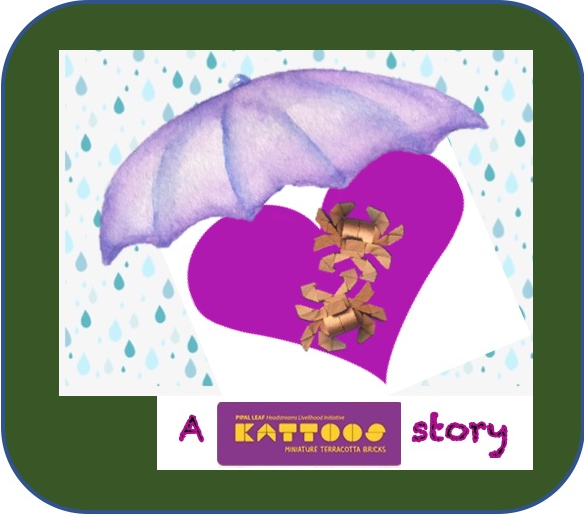
We had loads of laughs creating this cheesy love story… now its your turn to continue it.
What do you think happened to Prem and Preethi next?
Send in your ideas at selena@headstreams.org and the best entry will be published here!


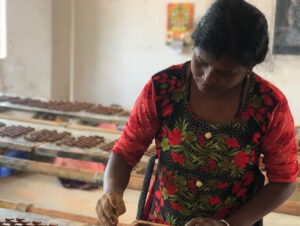
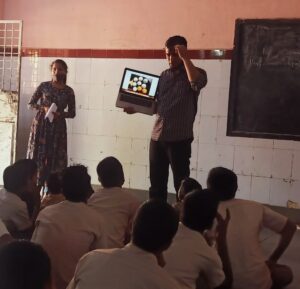
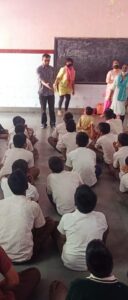 The first empathy point was when Mr.V. averred, “I didn’t like reading books to study.” And many boys nodded their heads in agreement, with a couple of “Me too”s. Another little anecdote that resonated with the boys was when Mr. V. narrated how he one day had been faced with a choice. “When I was a little boy,” Mr.V. said, “some boys had bullied me and I had to decide then whether I would retaliate and seek revenge, or choose to ignore the bullies and maintain a dignified silence.” Mr. V. said that if, on that day, he had chosen “revenge”, he may have been a bully himself today and that the future that unfolded for him would have been very different. Instead he had chosen to remain patient and not react, and that helped him to practise self-control, which rewarded him greatly later on, making him a more patient person. Choices are important, Mr.V. said. It is the one thing we have control over.
The first empathy point was when Mr.V. averred, “I didn’t like reading books to study.” And many boys nodded their heads in agreement, with a couple of “Me too”s. Another little anecdote that resonated with the boys was when Mr. V. narrated how he one day had been faced with a choice. “When I was a little boy,” Mr.V. said, “some boys had bullied me and I had to decide then whether I would retaliate and seek revenge, or choose to ignore the bullies and maintain a dignified silence.” Mr. V. said that if, on that day, he had chosen “revenge”, he may have been a bully himself today and that the future that unfolded for him would have been very different. Instead he had chosen to remain patient and not react, and that helped him to practise self-control, which rewarded him greatly later on, making him a more patient person. Choices are important, Mr.V. said. It is the one thing we have control over.